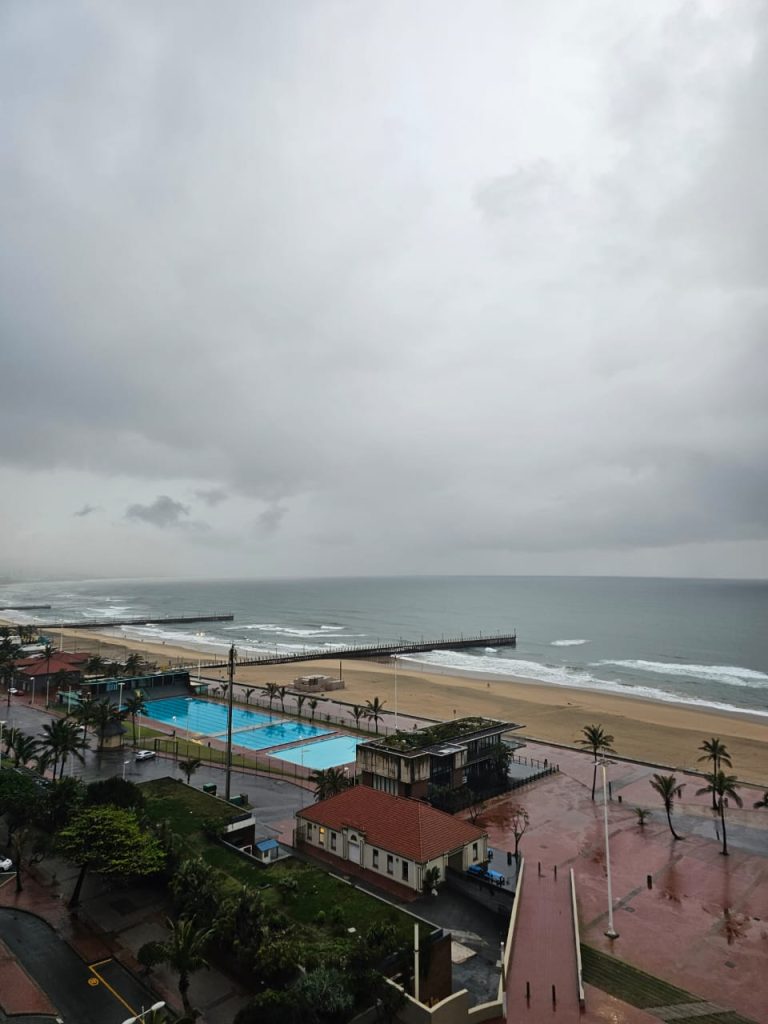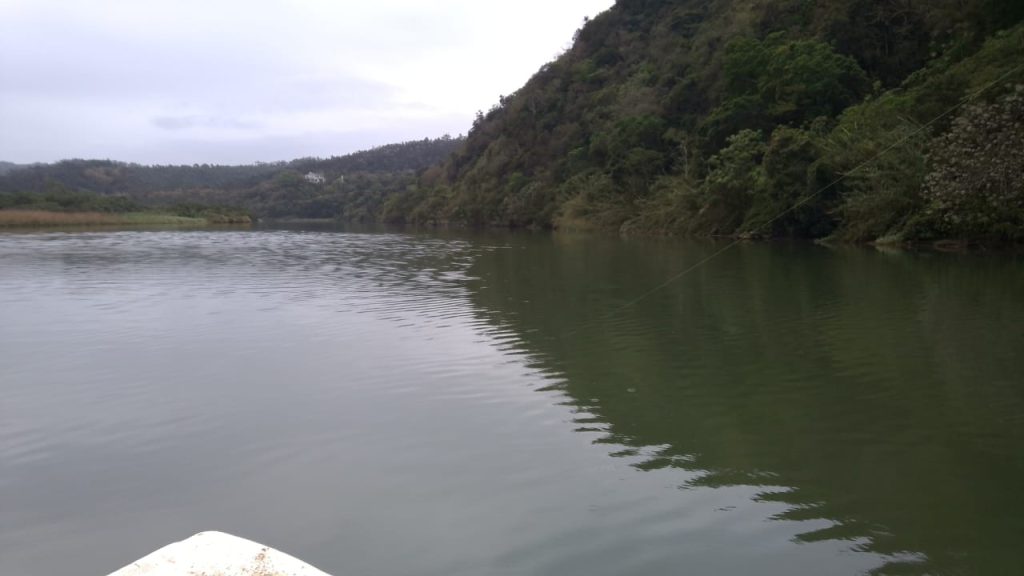
7am 6 Oct 24 Suntanning Weather for KZN
7am 6 Oct 24 Suntanning Weather for KZN: Friday saw us go the whole nine yards and we got a special LATE Edition of The Sardine News out on YouTube. This was only the second time we have been able to do this. And man-oh-man was it a lot of fun!
You can watch that 5 in 1 video report by following this link or you can watch at the end of this article.
However…
Watching our results on YouTube, we started seeing an uptake in views of our OLD reports. We figured that this must be the new YouTube algorithm trying to push small creators. Like us! Then it dawned upon us too, that evidently our reports are not going out to these people when it matters. Our reports are done in real-time. From the beach to you. The reports carry relevant data and information on conditions for that moment.
Turn on Notifications
Notifications are the solution! But it means that you need to follow the link below. Which will take you to our YouTube Channel. Where you can turn notifications on. Select the little bell icon and choose ‘All’. This way, when we publish a report, you will be instantly notified and you will receive this information right on time. Instead of a few days late like YouTube thinks it is ok.
The other way of not missing out, is to install The Sardine News to your device. Allow those notifications and you will also receive notifications of each time we publish.
Another superb day has revealed itself for us here in with suntanning weather for KZN…over to Adam Kamdar on the Durban Golden Mile beachfront…
7am 6 Oct 24 Suntanning Weather for KZN by Adam Kamdar
The prevailing high-pressure system is ensuring we are gonna heat right up today with berg wind conditions being experienced already. The warm breeze signifies the impending arrival of a good old blow from the south. This is gonna hit tomorrow and will restore the ocean to its former glory.
And the 5 in 1 Report from the Friday Sardine News Roundup – which looks to becoming a regular full-length report…
5 in 1 Video Roundup
Scotties Beach Report 6 Oct 11am
By Cliff Bamber…
Garrick Report
National Garrick Day is right around the corner. We all got to be mindful of the limited population of our garrick. And not hammer them in their vulnerable state post-spawning.
Our garrick are not connected to the West Coast garrick. Nor the Mediteranean population. We are on our very own down here in South Africa and we best look after what we inherited.
The spawning all seems to happen at the same time. Nobody knows when this could be. But when it goes down the garrick go absolutely dilly for the following few days. Any idiot can catch a garrick at this particular time of the year. And this is where we need some restraint and be circumspect about killing in the name of killing.
Garric Gallery









Sardines n Sighting Maps
Channels
Websites
umzimkulu.co.za – self-catering right on the Umzimkulu River
umzimkuluadrenalin.co.za – will get you right onto the edge
thesardine.co.za – never miss a single sardine or storm warning
masterwatermen.co.za – news from deep down
brucifire.co.za – surf and conditions reporting
fishbazaruto.com – your dreams are out there
mydofishinglures.co.za – technical sport fishing








